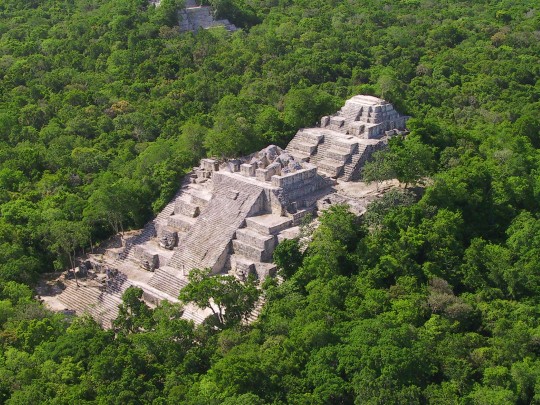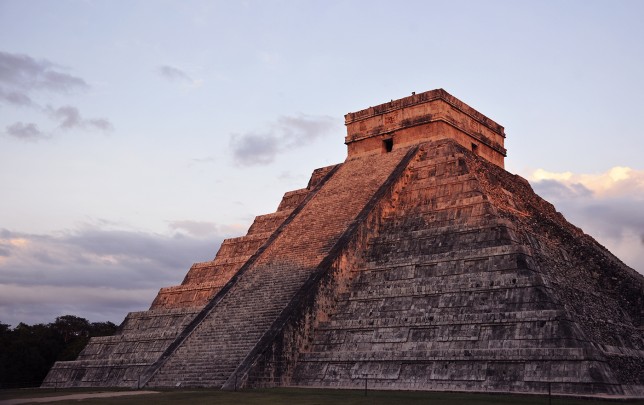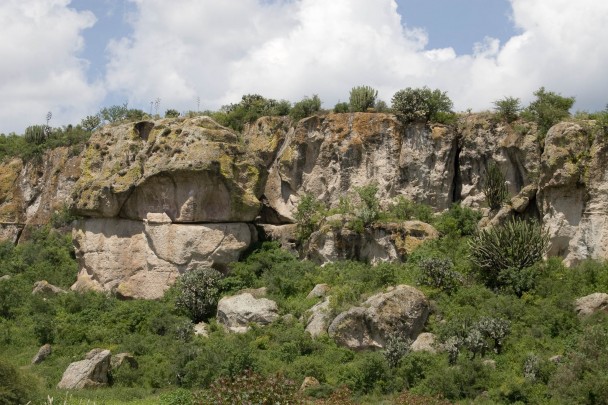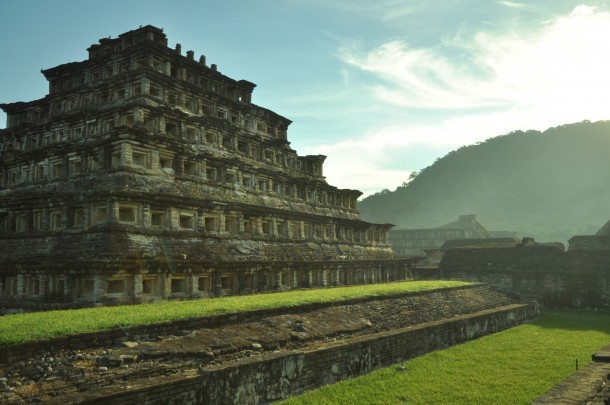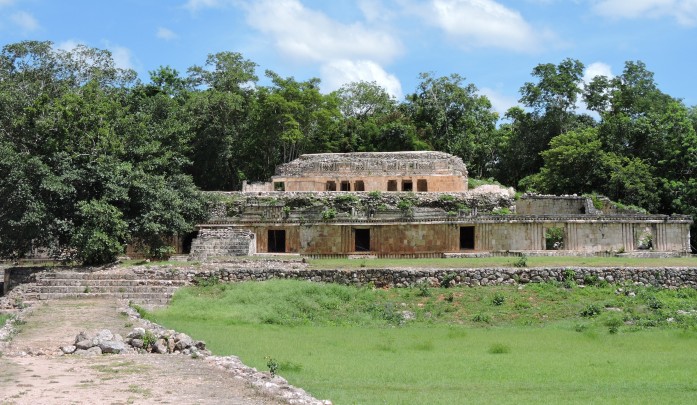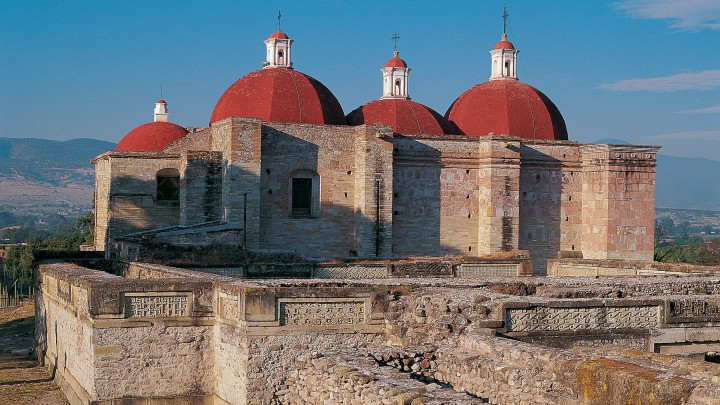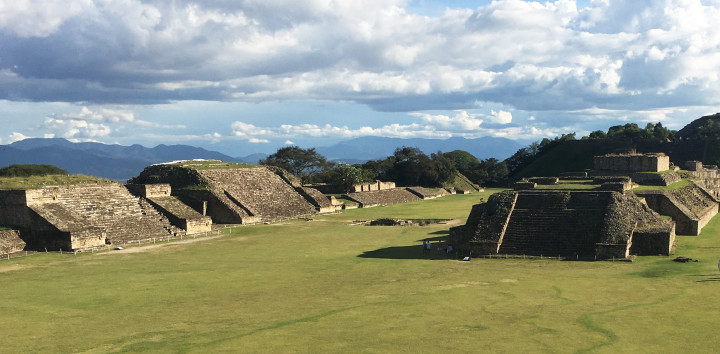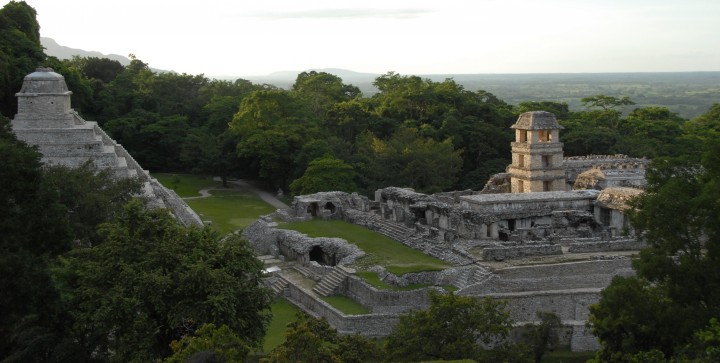World Heritage
13 places
One of the largest cities in the Maya region, Calakmul is dotted by 120 stelae amid the monumental structures and pyramids. It is located in the second-largest natural reserve in the Americas, and was listed as a UNESCO Mixed World Heritage site in 2014.
Campeche
At the time of the equinoxes, the shadow of Kukulkan, the serpent, descends from its temple to fertilize the earth, while the red jaguar is hidden in the Temple of the Warriors, with its jade spots glowing. This ancient capital city has been declared a World Heritage Site.
Yucatán
Situated in the Valley of Tlacolula, this site encompasses a series of prehistoric caves and rocky shelters with cave paintings that date back 12,000 years. The earliest remains of domesticated plants were also found here. On August 1, 2010 the prehistoric caves of Yagul and Mitla in the central valleys of Oaxaca became a UNESCO World Heritage Site.
Oaxaca
A majestic site with wide open spaces, numerous ballcourts and bas-reliefs, and particularly impressive for the Pyramid of the Niches, with its 365 niches, El Tajín has long been a source of fascination to specialists in Mesoamerican calendar systems and world view.
Veracruz
Although this is a small city, it houses three jewels: its beautiful Arch of richly carved stone; the Palace, whose facade has numerous masks of the god Chaac, and the Mirador (lookout point). It was declared a World Heritage Site together with Uxmal, Sayil and Xlapak, under the title of the Pre-Hispanic Town of Uxmal.
Yucatán
This is a zone where stone was worked like jewellery and the Zapotec people showed their devotion to the dead. Here we can see the imprint of the skills of this indigenous group and its marvellous world, established 18 centuries ago.
Oaxaca
The great Zapotec capital, on the flattened top of a group of hills, where the populace lived on the hillsides. Marvellous monuments, burial sites, ceramics, gold jewellery and fine stones. A rival of Teotihuacan, it was invaded by this empire, but survived to leave this amazing legacy.
Oaxaca
A dazzling city (400 – 900 AD), it lay hidden in the jungle for many centuries, and was the seat of the powerful dynasty of king Pakal. It is home to fabulous temples, palaces, plazas, tombs, sculptures, and hieroglyphic inscriptions telling the history of the place. It was declared a World Heritage Site in 1987.
Chiapas
This site is famous for its adobe constructions and its T-shaped doors, which demonstrates the architectural skills of its ancient inhabitants. Toward the west of the city there is a row of structures built with stone and mortar which were probably coated in painted lime, and functioned as a ceremonial center.
Chihuahua

